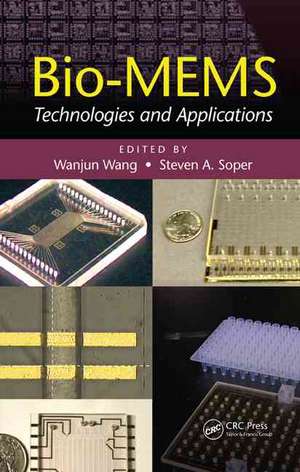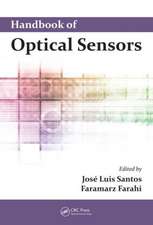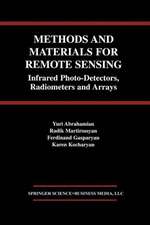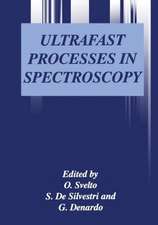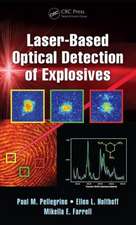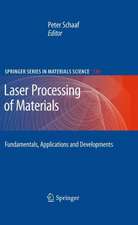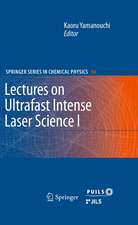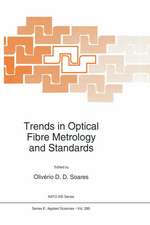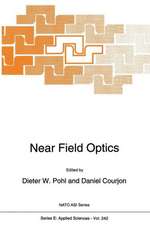Bio-MEMS: Technologies and Applications
Editat de Wanjun Wang, Steven A. Soperen Limba Engleză Hardback – 15 dec 2006
This book considers both the unique characteristics of biological samples and the challenges of microscale engineering. Divided into three main sections, it first examines fabrication technologies using non-silicon processes, which use materials that are appropriate for medical/biological analyses. These include UV lithography, LIGA, nanoimprinting, injection molding, and hot-embossing. Attention then shifts to microfluidic components and sensing technologies for sample preparation, delivery, and analysis. The final section outlines various applications and systems at the leading edge of BioMEMS technology in a variety of areas such as genomics, drug delivery, and proteomics.
Laying a cross-disciplinary foundation for further development, BioMEMS: Technologies and Applications provides engineers with an understanding of the biological challenges and biological scientists with an understanding of the engineering challenges of this burgeoning technology.
Preț: 1348.15 lei
Preț vechi: 1644.08 lei
-18% Nou
Puncte Express: 2022
Preț estimativ în valută:
257.100€ • 280.15$ • 216.72£
257.100€ • 280.15$ • 216.72£
Carte tipărită la comandă
Livrare economică 22 aprilie-06 mai
Preluare comenzi: 021 569.72.76
Specificații
ISBN-13: 9780849335327
ISBN-10: 0849335329
Pagini: 488
Ilustrații: 197 b/w images, 14 tables, 30 halftones and 76 equations
Dimensiuni: 156 x 234 x 30 mm
Greutate: 1.06 kg
Ediția:1
Editura: CRC Press
Colecția CRC Press
ISBN-10: 0849335329
Pagini: 488
Ilustrații: 197 b/w images, 14 tables, 30 halftones and 76 equations
Dimensiuni: 156 x 234 x 30 mm
Greutate: 1.06 kg
Ediția:1
Editura: CRC Press
Colecția CRC Press
Public țintă
Academic, Professional, and Professional Practice & DevelopmentCuprins
Basic Bio-MEMS Fabrication Technologies. Microfluidic Devices and Components for Bio-MEMS. Bio-MEMS Applications and Systems.
Descriere
This book considers both the unique characteristics of biological samples and the challenges of microscale engineering. Divided into three main sections, it first examines fabrication technologies using non-silicon processes, which are suitable for the materials more commonly used in medical/biological analyses. These include UV lithography, LIGA, nanoimprinting, and hot embossing. Attention then shifts to microfluidic components and sensing technologies for sample preparation, delivery, and analysis in microchannels and microchambers. The final section outlines various applications and systems at the leading edge of Bio-MEMS technology in a variety of areas such as drug delivery and proteomics.
